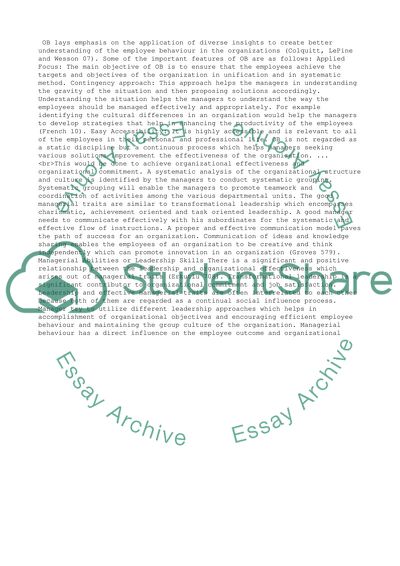Cite this document
(“How organizational behavior tools help managers to solve practical Essay”, n.d.)
Retrieved from https://studentshare.org/management/1480281-how-organizational-behavior-tools-help-managers-to
Retrieved from https://studentshare.org/management/1480281-how-organizational-behavior-tools-help-managers-to
(How Organizational Behavior Tools Help Managers to Solve Practical Essay)
https://studentshare.org/management/1480281-how-organizational-behavior-tools-help-managers-to.
https://studentshare.org/management/1480281-how-organizational-behavior-tools-help-managers-to.
“How Organizational Behavior Tools Help Managers to Solve Practical Essay”, n.d. https://studentshare.org/management/1480281-how-organizational-behavior-tools-help-managers-to.


